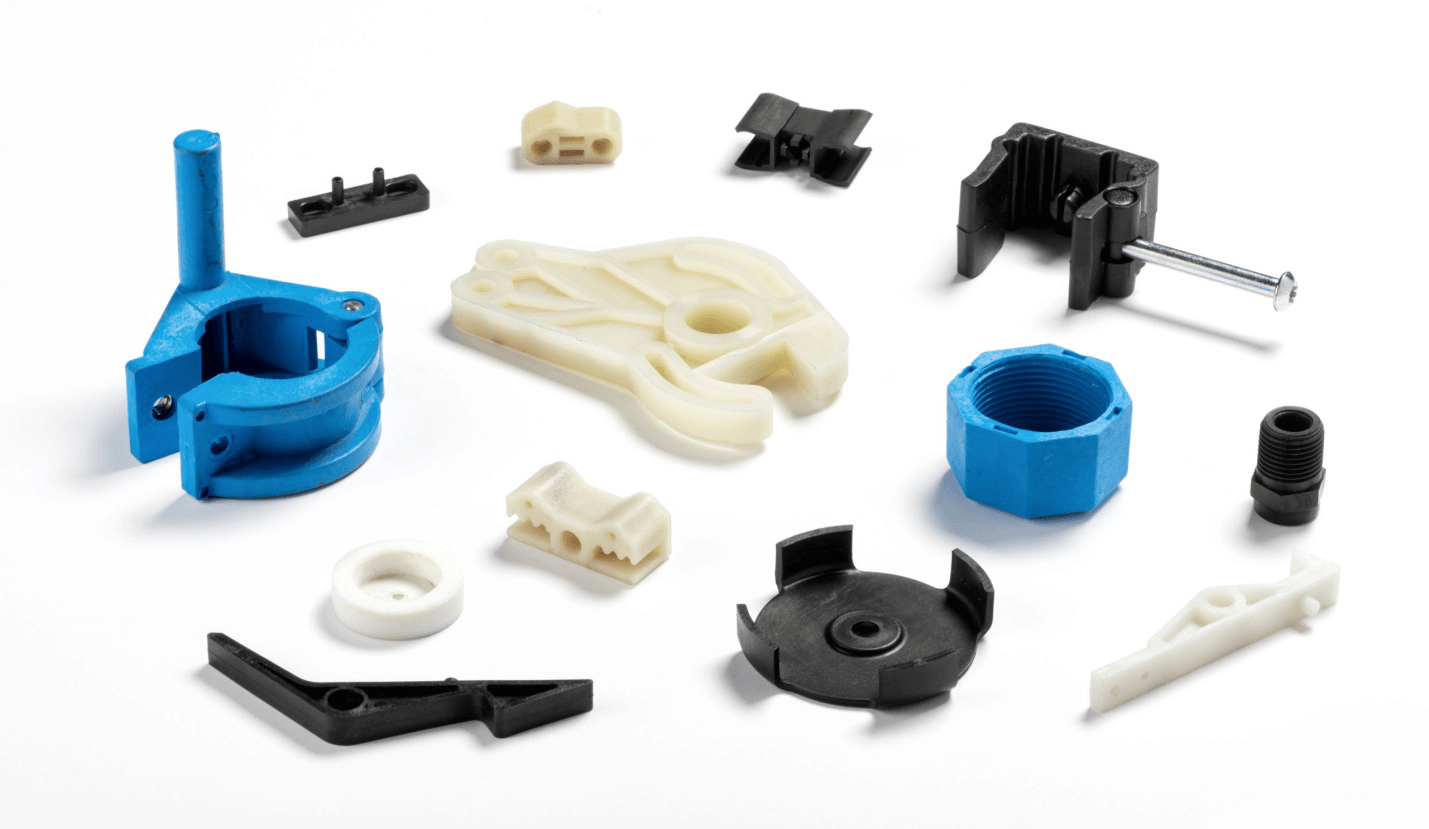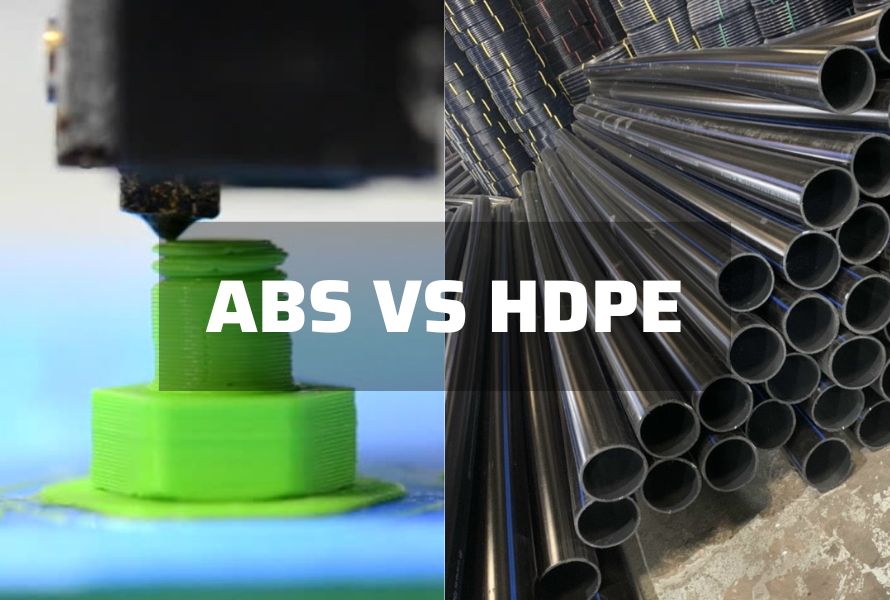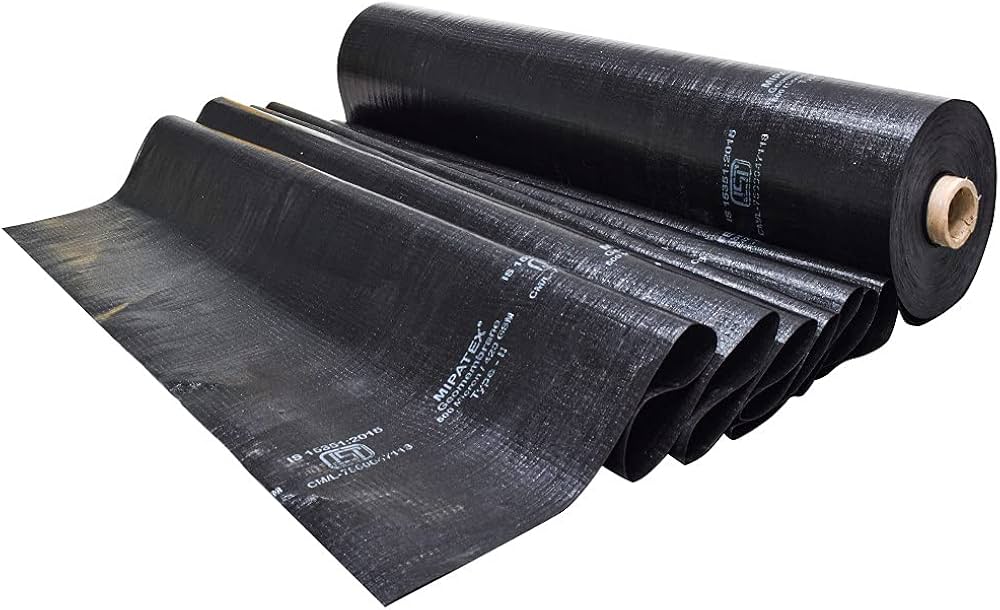Yes, HDPE is an excellent choice for injection molding due to its cost-efficiency, ease of recycling, and strong mechanical properties.

Properties of HDPE
Chemical Resistance
High-Density Polyethylene (HDPE) exhibits excellent chemical resistance to a wide range of solvents and chemicals. This makes it an ideal material for applications that require strong chemical resistance, such as chemical storage tanks and pharmaceutical packaging.
- Acids and Bases: HDPE shows resistance to both strong acids and bases, making it durable in hostile environments.
- Organic Solvents: The material is not affected by most types of organic solvents like alcohols and oils.
- Oxidation and Reduction: HDPE is stable in oxidative and reductive conditions, offering long-term resilience.
Mechanical Strength
HDPE offers robust mechanical properties that make it ideal for both high and low-stress applications. Its high tensile strength is particularly useful in applications where durability under physical stress is crucial.
- Tensile Strength: HDPE can withstand high tensile loads, making it suitable for ropes and fishing nets.
- Impact Resistance: Unlike brittle materials, HDPE can absorb energy, making it highly impact-resistant.
- Elongation at Break: The material has a high elongation at break, offering flexibility and stretchability in applications like plastic bags.
Thermal Properties
The thermal properties of HDPE make it versatile for various temperature-related applications.
- Melting Point: HDPE has a melting point of around 130°C to 135°C, which is suitable for many common applications.
- Thermal Conductivity: The low thermal conductivity of HDPE makes it an excellent insulator.
- Thermal Expansion: The material has a low coefficient of thermal expansion, meaning it does not expand or contract significantly with temperature changes.
Comparing HDPE with Other Materials for Injection Molding
HDPE vs. LDPE
When it comes to injection molding, both HDPE (High-Density Polyethylene) and LDPE (Low-Density Polyethylene) are commonly used. However, they differ in a few key aspects.
- Density: HDPE has a higher density, making it stronger and more rigid compared to LDPE.
- Chemical Resistance: While both offer good chemical resistance, HDPE generally outperforms LDPE in this category.
- Processing: LDPE usually flows better in the mold, making it easier to process, but HDPE offers better dimensional stability.
HDPE vs. ABS
ABS (Acrylonitrile Butadiene Styrene) is another common material for injection molding. Here’s how it compares with HDPE.
- Mechanical Strength: ABS typically offers better mechanical properties like tensile strength and rigidity.
- Finish and Aesthetics: ABS generally allows for a better surface finish and is easier to paint or coat.
- Cost: HDPE is often less expensive than ABS, making it a cost-effective option for many applications.

HDPE vs. Polycarbonate
Polycarbonate is known for its excellent impact resistance and clarity, but how does it stack up against HDPE?
- Transparency: Polycarbonate is transparent, while HDPE is not. This makes polycarbonate a better choice for applications requiring clarity.
- Temperature Resistance: Polycarbonate can withstand higher temperatures compared to HDPE.
- Chemical Resistance: HDPE offers better chemical resistance than polycarbonate, especially against strong acids and bases.
Advantages of Using HDPE in Injection Molding
Cost-Efficiency
One of the most appealing aspects of using HDPE for injection molding is its cost-effectiveness. Compared to other polymers and materials like ABS or Polycarbonate, HDPE usually comes at a lower price point.
- Material Cost: HDPE is less expensive per unit weight, offering significant cost savings for large-scale projects.
- Processing Cost: The material flows well in the mold, reducing processing times and therefore labor costs.
- Maintenance: Due to its chemical resistance and durability, HDPE parts often require less maintenance over time, providing long-term cost benefits.

Ease of Recycling
The environmental impact of materials is a growing concern, and here, HDPE has a distinct advantage. It is one of the most commonly recycled plastics.
- Recycling Rates: HDPE often boasts higher recycling rates compared to other polymers.
- Post-Consumer Waste: Many municipalities accept HDPE as a recyclable material, making it easier for consumers to recycle products.
- Circular Economy: The ease of recycling HDPE promotes a circular economy, where products can be remade from recycled materials.
High Strength-to-Weight Ratio
HDPE is known for its excellent strength-to-weight ratio, making it a go-to material for applications that require durability without added weight.
- Lightweight: HDPE parts are light, which is particularly beneficial in automotive and packaging applications where weight matters.
- Tensile Strength: Despite its lightness, HDPE has a high tensile strength, making it durable and reliable for various uses.
- Versatility: This high strength-to-weight ratio allows HDPE to be used in a diverse range of products, from heavy-duty containers to lightweight bags.
Best Practices for HDPE Injection Molding
Pre-drying Requirements
Although HDPE is less sensitive to moisture compared to some other thermoplastics, pre-drying can still be an important step, especially for high-quality applications.
- Moisture Levels: Always check the moisture levels in the HDPE resin. If it’s too high, you might encounter issues like splay or poor surface finish.
- Drying Equipment: Use desiccant dryers set at around 60°C to 70°C for about 2 to 4 hours for optimal drying.
- Testing: Always perform a moisture analysis test before proceeding with the injection molding process to ensure the HDPE is sufficiently dry.
Mold Design Considerations
The design of the mold plays a critical role in the success of HDPE injection molding. Here are some points to consider:
- Draft Angles: To facilitate easier ejection from the mold, incorporate sufficient draft angles in the mold design.
- Wall Thickness: Maintain uniform wall thickness as much as possible to avoid issues like warping or sink marks.
- Gates and Runners: Properly size and locate the gates and runners to ensure optimal flow of the HDPE material throughout the mold.




